History of ceramics
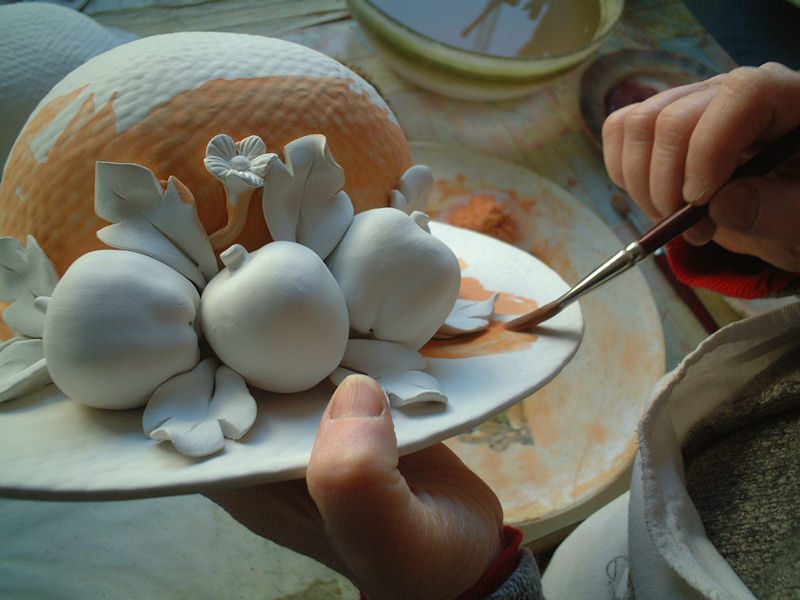
Ceramics is a living history written in clay that has survived centuries, becoming a key element in discovering the secrets of ancient civilizations. History of ceramics is a story about innovation, art, and life. It is also a testimony to the human need to express ourselves and improve the world around us. This story begins in the Neolithic era, when people first began to transform the raw earth into objects of lasting value. It leads us through the channels of history, from ancient kilns to contemporary art galleries, discovering along the way how ceramics shaped humanity. I invite you to journey through the centuries to rediscover the history of ceramics – from its humble beginnings to its role as a cultural testimony to our common heritage.
History of ceramics – Timeless art
The origins of ceramics date back to around 24,000 BC, when the first simple clay figures began to be created in China. However, it was the Neolithic period that brought a real revolution in the production of ceramics. Thanks to the development of clay forming and firing techniques, it was possible to create durable vessels for storing food and water. From this moment ceramics it has become an integral part of human culture, spreading and evolving in various civilizations around the world.
The evolution of ceramics
In ancient Egypt, pottery was used not only for utilitarian purposes, but also as grave offerings. This proved its cultural and religious importance. Known for its exquisite vases and amphorae, Greek pottery became a medium for expressing mythological scenes while also playing a key role in trade. The Romans developed techniques for mass production of pottery, which further established its role in the ancient world.
Middle Ages and Renaissance
In medieval Europe, pottery was mainly produced for the needs of local communities. This contributed to the development of characteristic regional styles. The Renaissance brought a revival of interest piece and crafts, and with it new techniques such as majolica – glazed pottery that became popular in Italy.
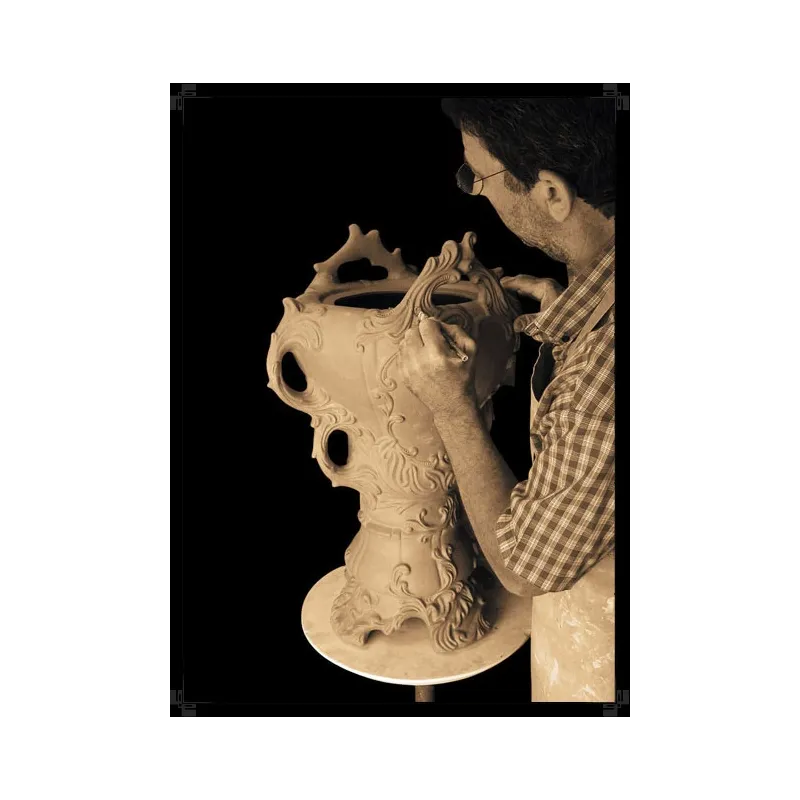
Ceramics today
The 19th and 20th centuries were a time of innovation in ceramic production, both in terms of mass production and artistic expression. The industrial revolution and the development of new technologies enabled the production of ceramics on an unprecedented scale. At the same time, contemporary artists are constantly discovering new ways to use clay as a medium to express individual artistic visions.
The history of ceramics is not only a chronicle of artistic exploration, but also a reflection of the needs, values and aspirations of humanity over the centuries. From simple Neolithic vessels to sophisticated contemporary art installations, ceramics remain a constant witness to both our common history and our culture and spirit of innovation.
“No other craft arguably has as long a tradition or as many modes of expression and opportunities for innovation as ceramics.”
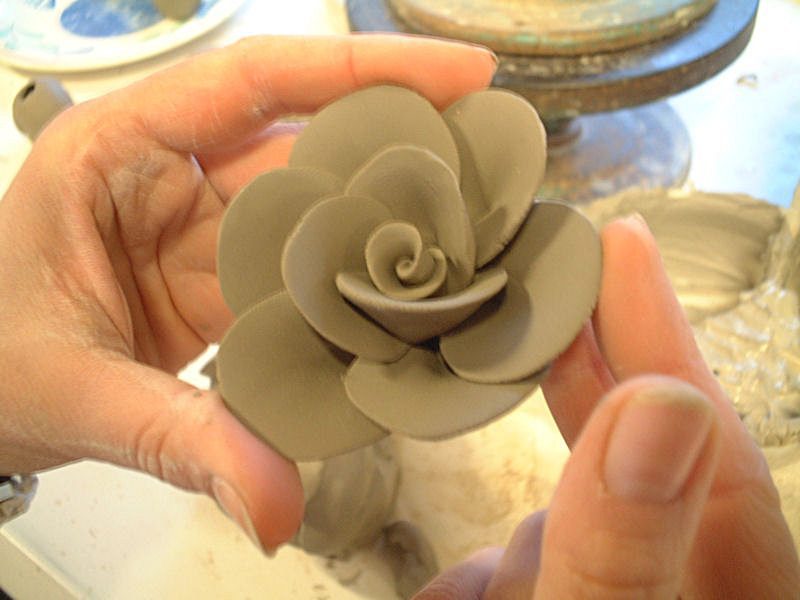
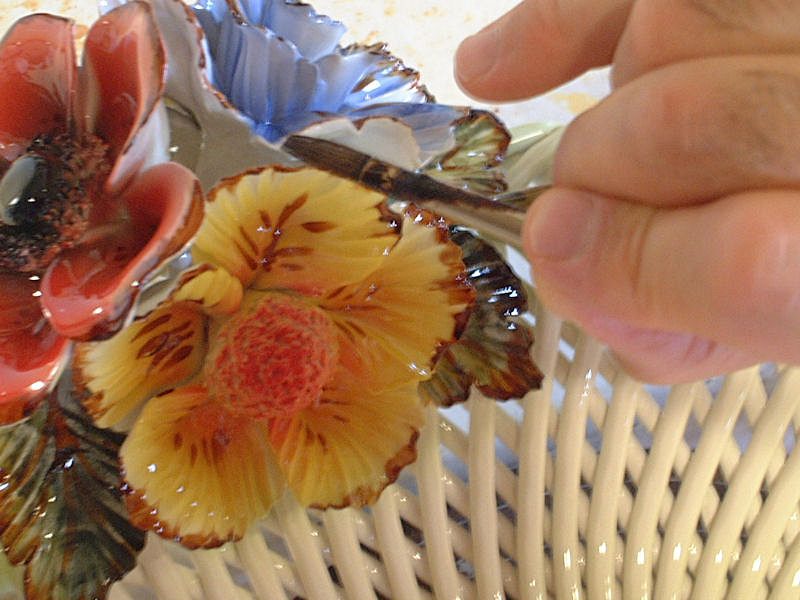
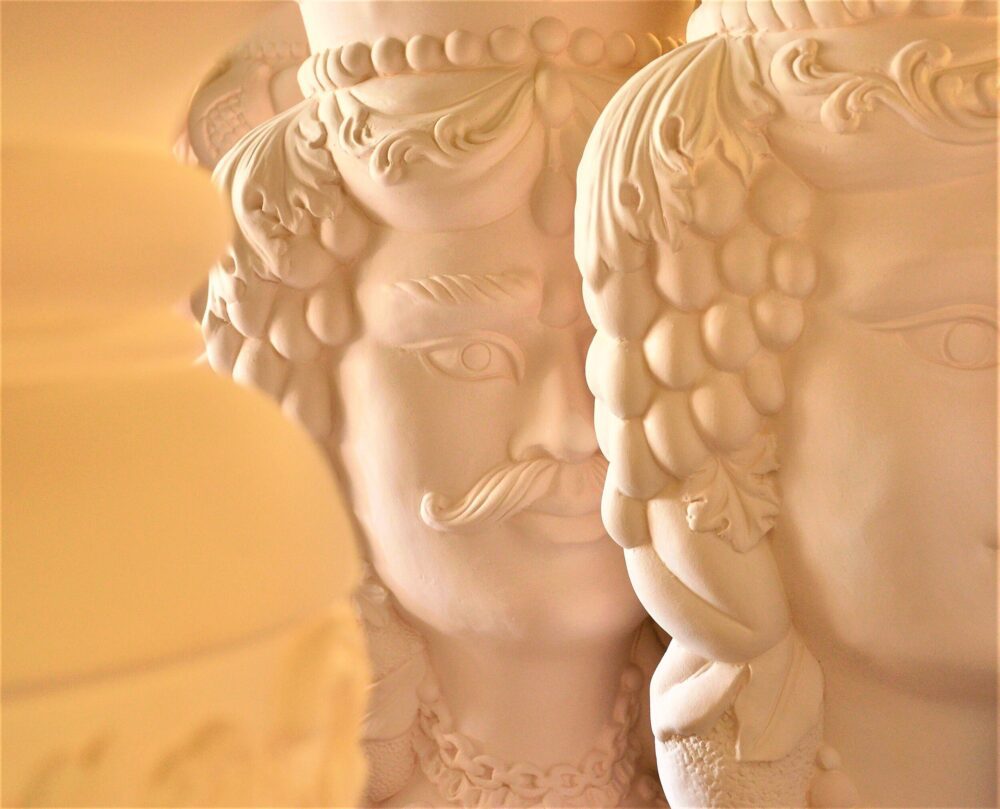
Ceramics in a modern interior
Ceramics in a modern interior crosses traditional boundaries, combining functional elements with refined design and artistic expression. From dinnerware to decorative pieces, contemporary ceramics are proof of how far creativity and innovation in this craft can go. Here are some unique works of art that combine ceramic form with functionality:
- Dinnerware
Contemporary dinnerware, including cups, plates, cups and jugs, became a canvas for ceramic artists. Thanks to unique glazing techniques, hand painting or firing, each tableware element can tell its own story. At the same time, it brings unique design and style to every home. This tableware not only serves a functional purpose, but also becomes an important decorative element of the table, reflecting the personality of the hosts.
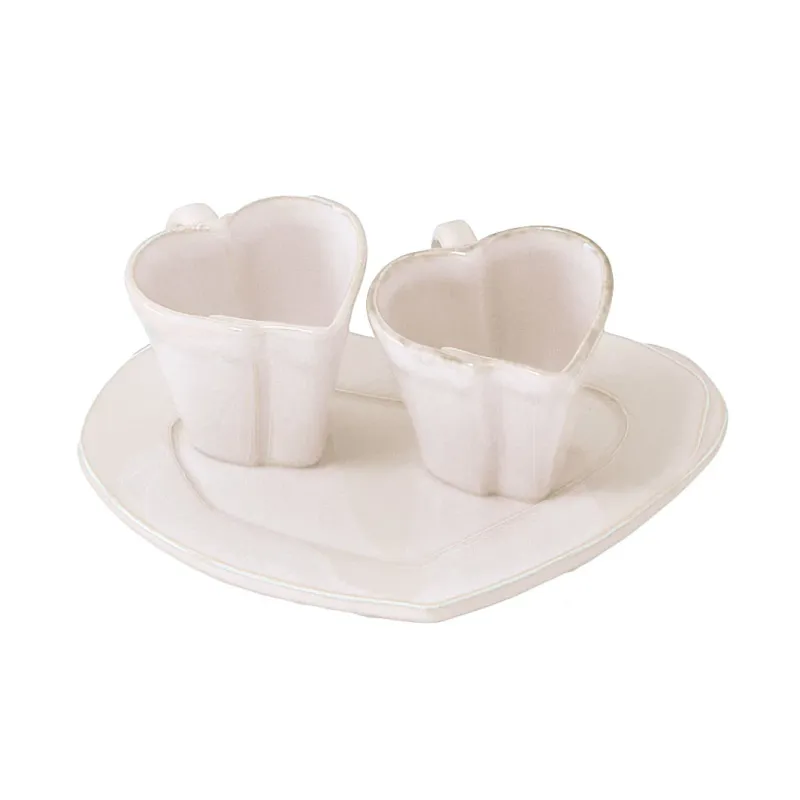
- Vase
Vases These are some of the most universal items in contemporary ceramics. Their forms, from classic to abstract, allow you to experiment with space and light. Vases can be both independent works of art and functional flower vessels, adding elegance and character to the interior.
- Figurines
Ceramic figurines are works of art that combine precision of workmanship with artistic sensitivity. Each of them, hand-formed and carefully painted, tells its own story and is also a reflection of the creator’s talent and passion. These small sculptures can serve as sophisticated decorative elements, adding character and subtle elegance to interiors, while at the same time being a testimony to craft traditions.

What else is amazing about ceramics?
- Candlesticks
Ceramic candlesticks harmoniously combine utility with aesthetics, bringing warmth and a cozy atmosphere to rooms. Contemporary designs often play with form and color, creating real works of art from candlesticks that can become the central point of the arrangement.
- Mirrors
Mirrors with a ceramic frame are an example of how ceramics can complement and enrich everyday objects. Decorative frames, hand-shaped and painted, add an individual character to the mirror and transform it into a unique interior element.
- Clocks
Ceramic clocks are a combination of traditional craftsmanship and modern design. Their dials and casings, often hand-decorated, attract attention with their unique patterns and colors, being not only useful, but above all beautiful objects.
- Pictures
Ceramics also find their place on walls, in the form of ceramic paintings. Artistically designed and made tiles, mosaics and reliefs decorate living rooms, introducing three-dimensional texture and depth to the space.
Ceramics in contemporary art is a space of unlimited possibilities for both artists and craftsmen. Crossing the boundaries between utilitarian craftsmanship and high art, contemporary ceramics enrich our lives and interiors, bringing beauty that is both eternal and constantly evolving.
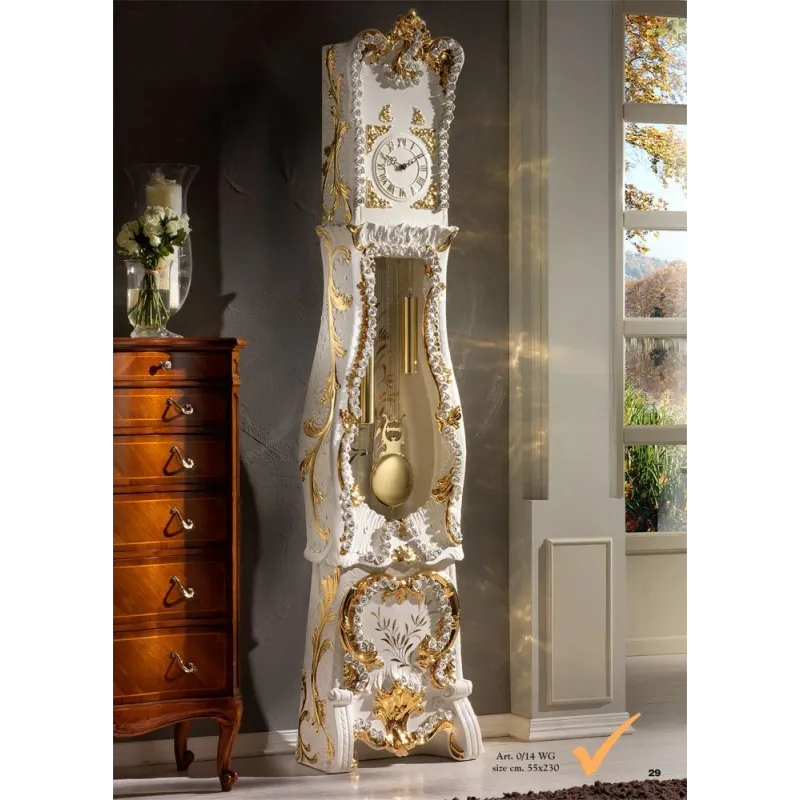
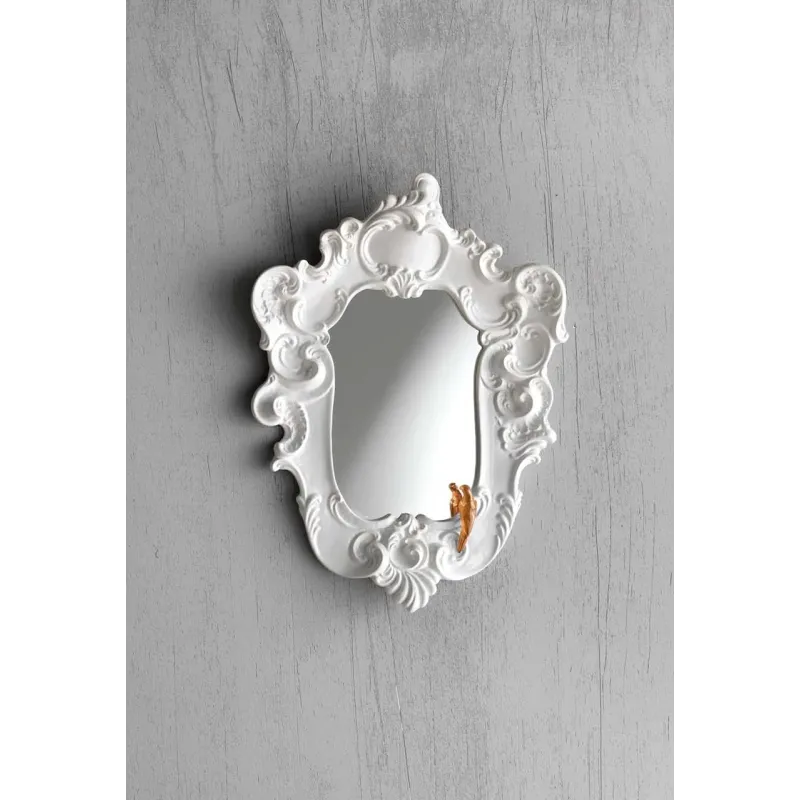
Timeless living room decoration
Ceramics remains a timeless choice that brings to… living room unique character and warmth. Regardless of the prevailing fashion, ceramics always finds its place in the hearts of aesthetic lovers. It combines the beauty of form, richness of textures and depth of colors. Each ceramic element brings a piece of history and craftsmanship to the living room, reminding us of durability and closeness to nature.
Composition with the interior
Ceramics fit perfectly with various interior styles – from classic, through Scandinavian, to modern loft spaces. Its universality makes it easy to match ceramic elements to the existing arrangement. Regardless of whether the living room is characterized by minimalism or boho richness, ceramics will always find its place in it.
Atmosphere
Ceramics is, above all, art that brings a unique atmosphere to the living room. Artistically made figurines or original ceramics pictures they can become a central decorative point around which the entire interior design is focused. Thanks to ceramics, the living room gains depth, and its inhabitants – a daily dose of beauty that affects their mood and well-being.
Durability
When choosing ceramics, we invest in decorations that can serve for many years without losing their value. It is also a nod to ecology – ceramics, as a natural material, is durable and sustainable, which means that when we choose it, we also care for our planet.
Ceramics in living room it is more than a trend – it is a conscious choice towards a timeless decoration that combines aesthetics, functionality and respect for tradition. We already know that the history of ceramics is a fascinating story of human creativity, innovation and the pursuit of beauty. It spans thousands of years, from simple Neolithic vessels to sophisticated works of contemporary art. It is not only a testimony to the evolution of crafts and art, but also an extraordinary cultural chronicle, reflecting the changing eras, needs and aspirations of humanity.
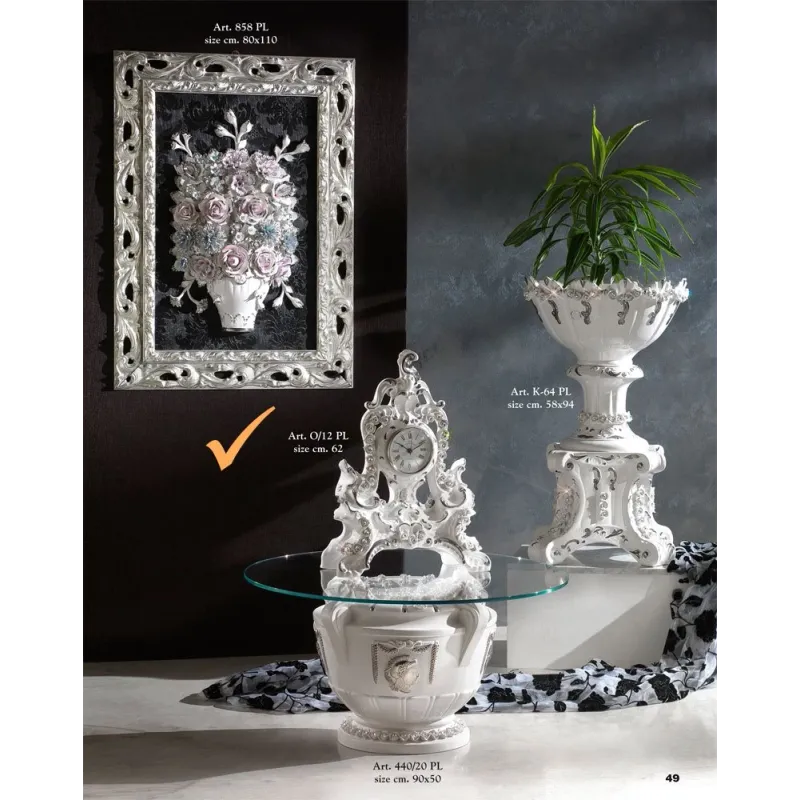
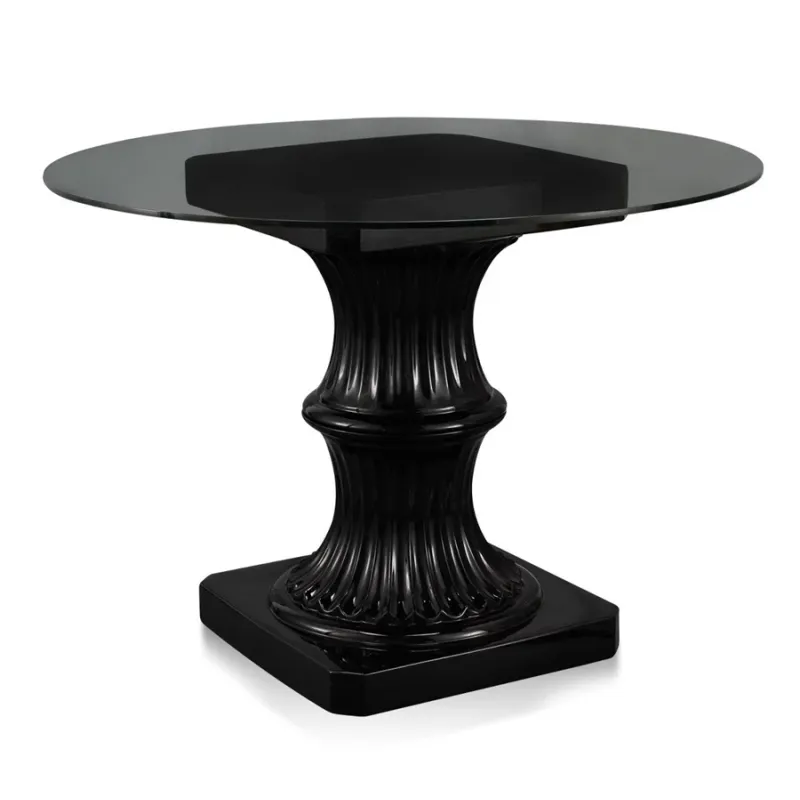
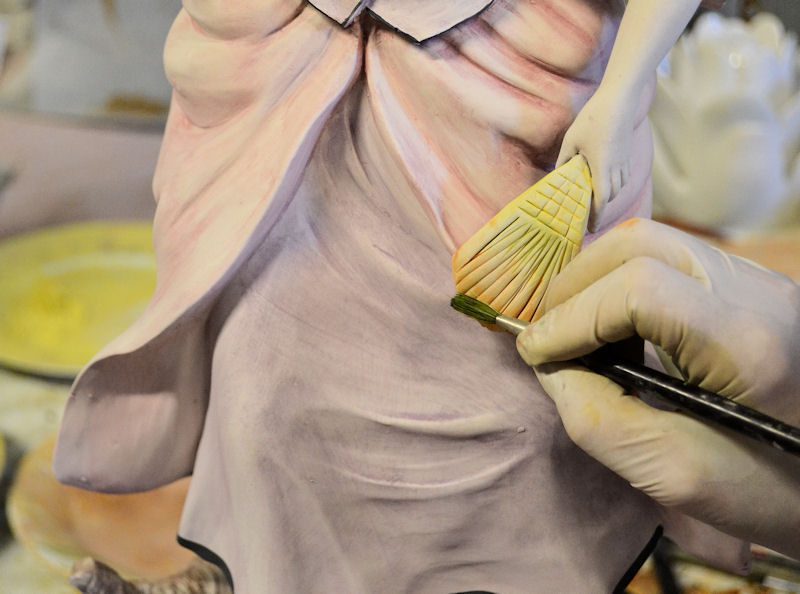
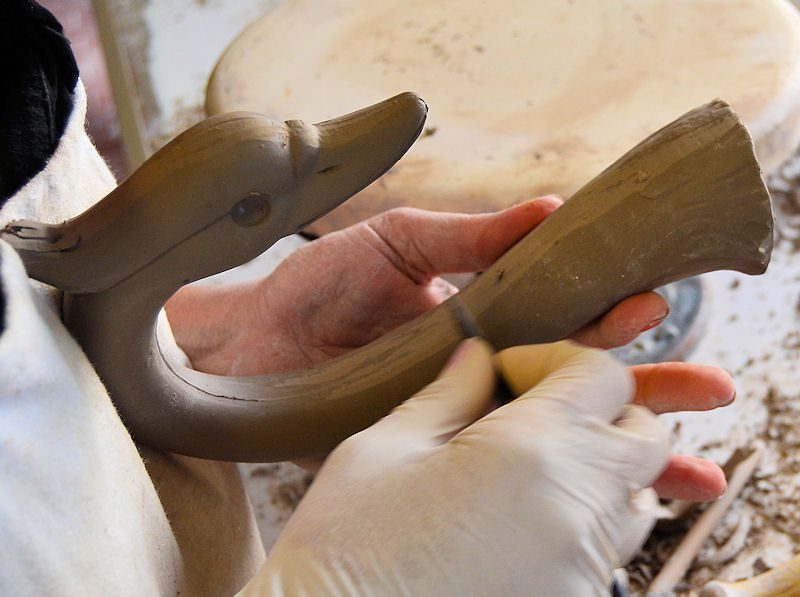



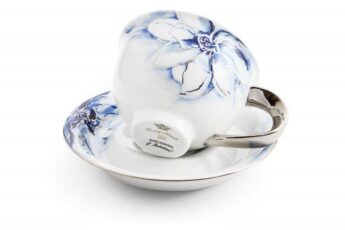




Leave a Comment